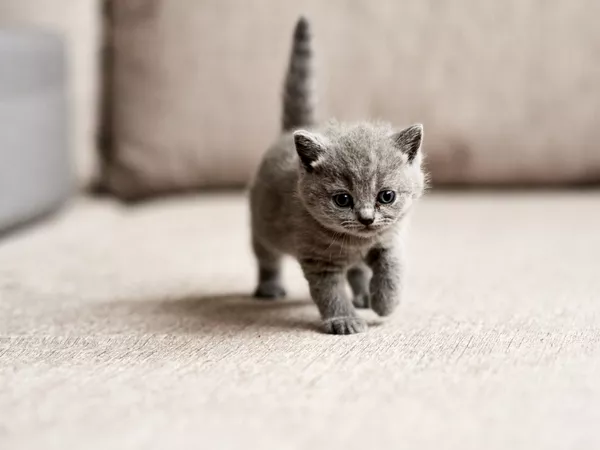African Sulcata tortoises are fascinating creatures that have become popular pets in recent years. Known for their massive size and longevity, these tortoises are the third largest species in the world and can live for up to 70 years or more in captivity. In this article, we will explore the size, weight, and growth rate of African Sulcata tortoises, as well as their natural habitat, diet, and care requirements.
- Size and Weight
African Sulcata tortoises are known for their impressive size, and they can grow to be quite large. Adult males can weigh between 100 and 200 pounds, with a carapace length of up to 30 inches. Females are slightly smaller, with a weight range of 50 to 120 pounds and a carapace length of up to 24 inches. However, there are some individuals that have grown to be much larger, with weights of over 300 pounds reported in some cases.
- Growth Rate
The growth rate of African Sulcata tortoises is dependent on various factors, such as genetics, diet, and environmental conditions. In general, they grow rapidly in the first few years of life, with a growth rate of up to 1 inch per month. However, growth slows down as they reach maturity, and they may only gain a few inches in carapace length per year after that.
- Habitat
African Sulcata tortoises are native to the Sahara Desert and the Sahel region of Africa, where they live in hot and arid environments. They are well adapted to these conditions and can survive in temperatures ranging from 70 to 100 degrees Fahrenheit. In the wild, they dig burrows to escape the heat and avoid predators.
- Diet
African Sulcata tortoises are herbivores and require a diet that is high in fiber and low in protein. They should be fed a variety of grasses, hay, and leafy greens, as well as occasional fruits and vegetables. It is important to avoid feeding them high-protein foods, such as animal products or commercial tortoise pellets, as this can lead to health problems.
- Care Requirements
African Sulcata tortoises require a large and secure enclosure that provides plenty of space for them to move around. They need access to a basking area with a heat lamp, as well as a sheltered area where they can retreat to escape the heat or cold. The enclosure should be kept clean and dry, and a shallow water dish should be provided for drinking and soaking.
In conclusion, African Sulcata tortoises are impressive creatures that require a significant commitment from their owners due to their size and longevity. While they can make wonderful pets for those who are prepared to provide the necessary care, it is important to do your research and understand the specific needs of this species before deciding to bring one into your home.


























